Revolutionizing Lighting: The Impact of LED Luminaires on Energy Savings and Sustainability
The transition from traditional lighting solutions to LED luminaires has marked a significant shift in energy consumption patterns and sustainability efforts across various sectors. According to a report by the Department of Energy, LED lighting uses up to 75% less energy and lasts up to 25 times longer than incandescent bulbs, contributing to substantial reductions in greenhouse gas emissions. Additionally, the Global LED Lighting Market is projected to reach USD 123 billion by 2028, reflecting the growing demand for energy-efficient solutions that align with sustainability goals. As businesses and households increasingly adopt LED technologies, the impact of LED luminaires extends beyond mere energy savings; it also plays a crucial role in enhancing the overall quality of light, further fostering an environment conducive to productivity and well-being. This shift not only revolutionizes the way we illuminate spaces but also sets a new standard for environmental responsibility in the lighting industry.
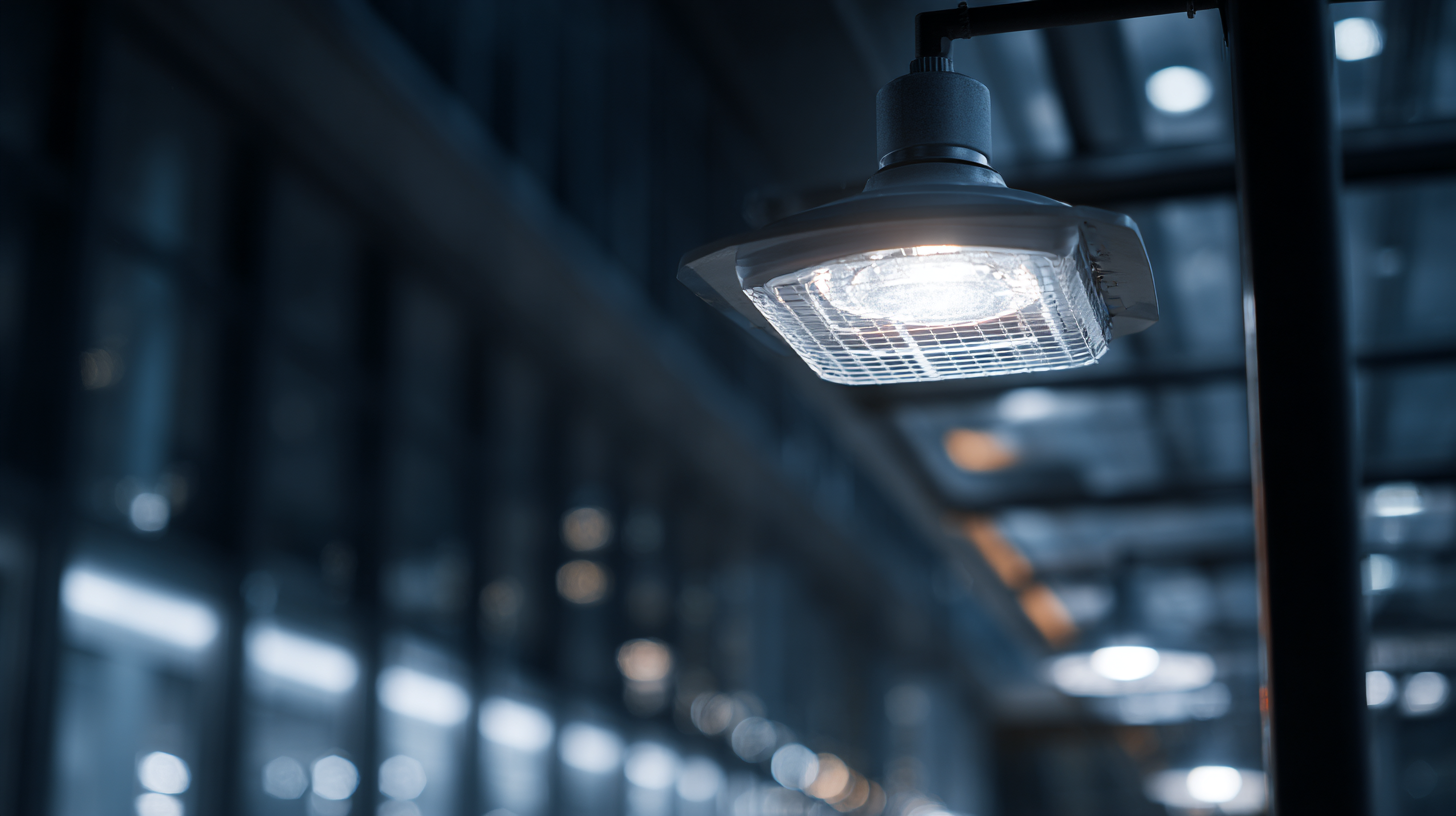
The Shift from Traditional to LED Lighting: A Comparative Analysis of Energy Efficiency
The transition from traditional to LED lighting marks a significant shift in energy efficiency and sustainability. Conventional incandescent and fluorescent bulbs consume considerably more electricity, often wasting a large portion of energy as heat. In contrast, LED luminaires are designed to convert a higher percentage of energy into usable light, leading to remarkable reductions in energy consumption. Research indicates that LED lights use up to 80% less energy compared to traditional options, contributing to lower electricity bills and decreased demand on power grids.
In addition to their energy efficiency, LED lights boast a longer lifespan, often lasting up to 25,000 hours or more. This durability translates to less frequent replacements, reducing waste and the environmental impact associated with manufacturing and disposing of traditional light bulbs. Furthermore, the lower energy requirements of LEDs lead to a decreased carbon footprint, aligning with global efforts to promote sustainability and combat climate change. By prioritizing LED technology, individuals and businesses can play a crucial role in fostering a greener future while enjoying the economic benefits of energy savings.
Measurable Energy Savings: Quantifying the Impact of LED Luminaires on Utility Bills
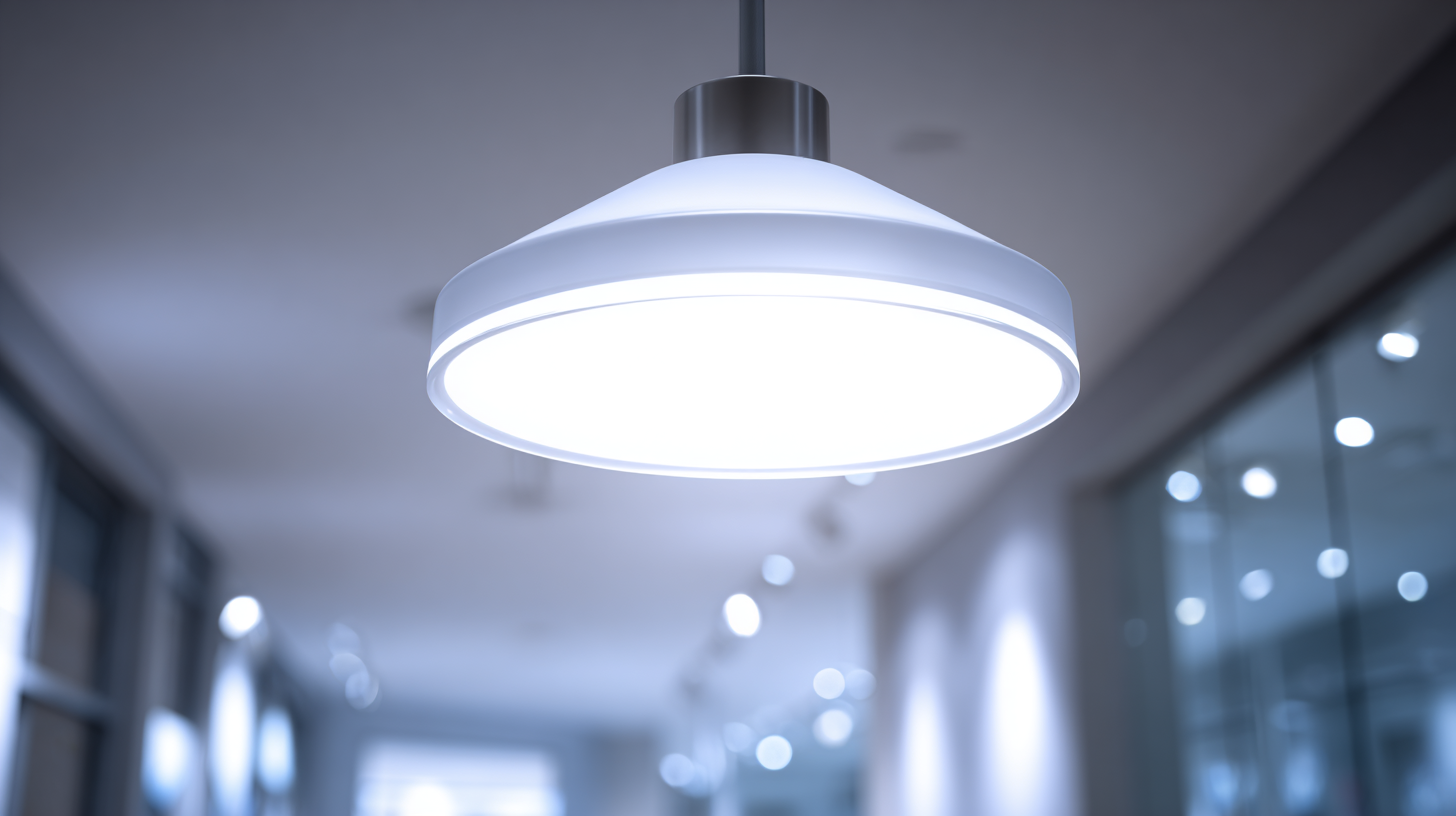 LED luminaires have emerged as a transformative force in the lighting industry, significantly impacting energy savings and promoting sustainability. According to a report by the U.S. Department of Energy, the widespread adoption of LED lighting can lead to a reduction of approximately 30 to 40 percent in electricity consumption for lighting by 2030. This shift not only eases the burden on utility bills but also contributes to a lower carbon footprint, highlighting the dual benefits of financial savings and environmental responsibility.
LED luminaires have emerged as a transformative force in the lighting industry, significantly impacting energy savings and promoting sustainability. According to a report by the U.S. Department of Energy, the widespread adoption of LED lighting can lead to a reduction of approximately 30 to 40 percent in electricity consumption for lighting by 2030. This shift not only eases the burden on utility bills but also contributes to a lower carbon footprint, highlighting the dual benefits of financial savings and environmental responsibility.
Measuring the return on investment (ROI) in sustainability initiatives is gaining momentum, as businesses are increasingly tasked with documenting their environmental impact. A recent analysis suggests that companies implementing LED technologies can realize an ROI of 300% within the first three years, largely thanks to decreased energy costs and lower maintenance needs. These measurable energy savings make a compelling case for transitioning to LED luminaires, aligning operational efficiencies with corporate sustainability goals. As instances of businesses actively working to minimize their ecological footprint become more prevalent, the quantifiable advantages of LED lighting become integral to broader sustainability efforts across various industries.
Sustainability Benefits: How LEDs Contribute to Reduced Carbon Footprint in Urban Settings
The transition to LED luminaires is a significant step towards achieving sustainability in urban environments. According to the U.S. Department of Energy, switching to LED lighting can reduce energy consumption for lighting by up to 75% compared to traditional incandescent bulbs. This drastic reduction not only cuts down on electricity usage but also translates to fewer emissions from power plants, contributing to a smaller carbon footprint. In cities where lighting accounts for nearly 30% of total energy consumption, the shift to LED technology becomes paramount for sustainable urban development.
Moreover, LEDs have an impressive lifespan, lasting up to 25 times longer than traditional light sources. This longevity means fewer replacements and thus, less waste contributing to landfills. The International Energy Agency (IEA) reports that widespread adoption of LED lighting could save governments and consumers $1.2 trillion in energy costs by 2030. Additionally, by reducing energy demand, cities can decrease greenhouse gas emissions significantly, aligning with global efforts to mitigate climate change. As urban areas continue to grow, the installation of LED lighting stands as a crucial element in creating energy-efficient and environmentally-friendly urban spaces.
Long-Term Investment: Evaluating the Cost-Benefit Ratio of LED Lighting Over Its Lifespan
The transition to LED lighting represents a significant long-term investment for both residential and commercial settings. While the initial cost of LED luminaires may appear higher than traditional lighting options, the true value becomes evident over their lifespan. LED lights are designed to last significantly longer—often up to 25,000 hours or more—compared to incandescent or fluorescent bulbs. This extended lifespan results in reduced replacement frequency, which not only cuts down on material waste but also minimizes maintenance costs.
Furthermore, the energy efficiency of LED lighting is a crucial factor in evaluating its cost-benefit ratio. LEDs consume up to 80% less energy than conventional incandescent bulbs, leading to substantial savings on electricity bills. Over time, these savings can offset the higher upfront costs, ultimately resulting in lower overall expenditures. Additionally, the decreased energy demand contributes positively to sustainability efforts by reducing greenhouse gas emissions. Thus, investing in LED technology not only enhances economic viability but also aligns with environmental conservation goals, making it a smart choice for the future.
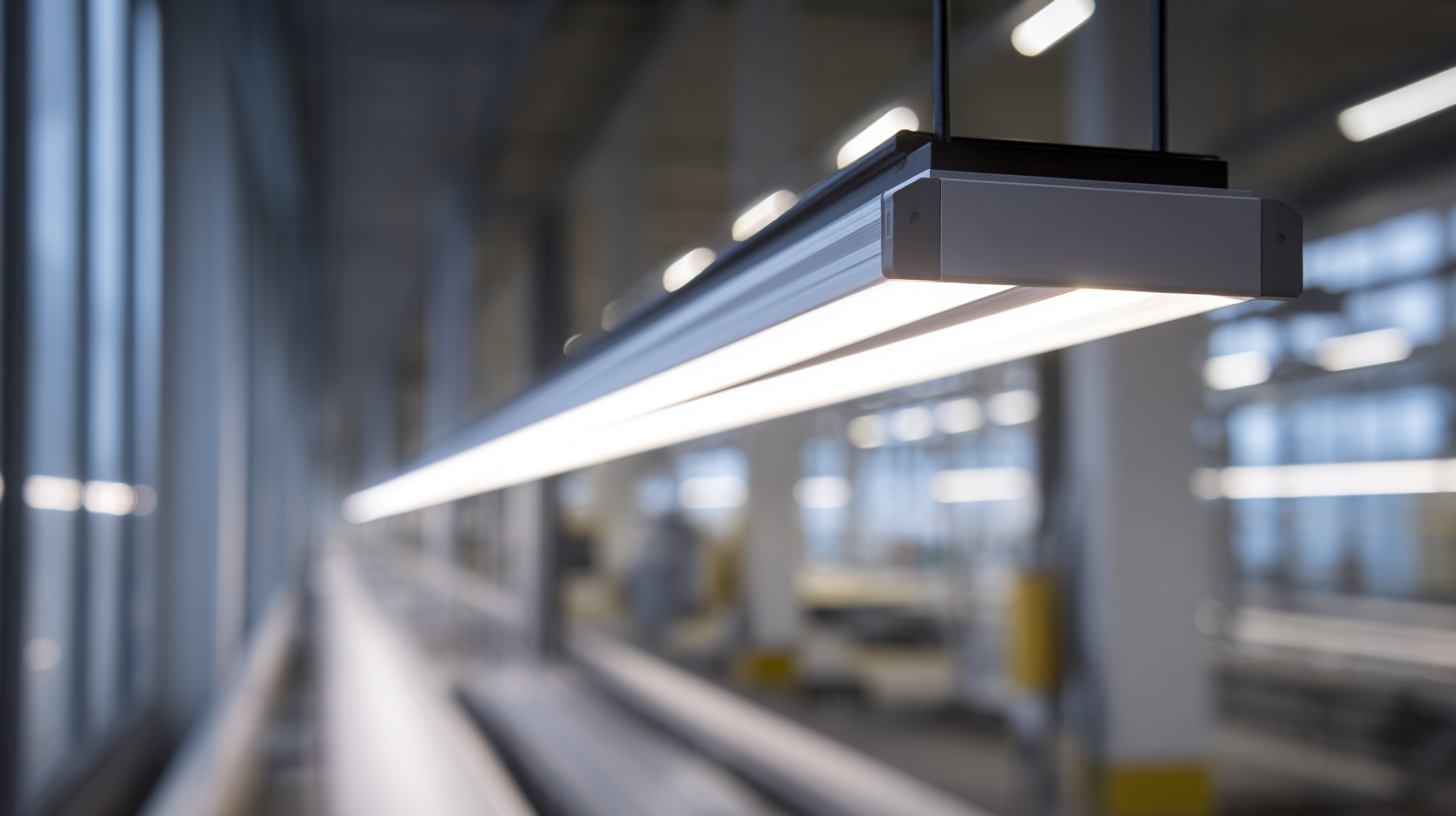
Innovations in LED Technology: Exploring Future Trends for Enhanced Energy Efficiency and Sustainability
The innovations in LED technology have brought transformative changes in the realm of energy efficiency and sustainability. As manufacturers continually enhance the design and functionality of LED luminaires, we are witnessing unprecedented advancements that push the boundaries of traditional lighting solutions. The integration of smart technology, such as IoT connectivity, allows for real-time monitoring and control of lighting systems, enabling further reductions in energy consumption. Intelligent sensors can adjust light levels based on occupancy or natural light availability, ensuring that energy is only used when necessary.
Moreover, the development of advanced materials and manufacturing processes is setting the stage for more sustainable LED products. For instance, newer LED designs incorporate recyclable materials and have extended lifespans, significantly reducing waste. Additionally, the ongoing research into organic LEDs (OLEDs) and their potential for low-impact production methods promises to further enhance sustainability in lighting. Future trends indicate a growing emphasis on not only energy savings but also the ecological footprint of lighting solutions, paving the way for a more sustainable approach to illumination in both commercial and residential settings.
Revolutionizing Lighting: The Impact of LED Luminaires on Energy Savings and Sustainability
| Category | Energy Savings (%) | Lifespan (Hours) | CO2 Reduction (kg/year) | Initial Cost ($) |
|---|---|---|---|---|
| Residential | 75 | 25,000 | 0.7 | 15 |
| Commercial | 60 | 50,000 | 3.5 | 100 |
| Industrial | 80 | 100,000 | 5.0 | 250 |
| Outdoor | 70 | 30,000 | 1.2 | 50 |
| Street Lighting | 65 | 100,000 | 4.2 | 200 |
Related Posts
-

How to Elevate Your Space with Innovative Led Light Design Solutions
-

How to Enhance Your Space with Innovative Led Fixtures
-
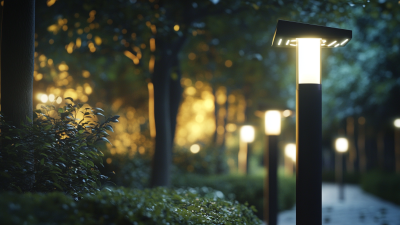
Discover the Future of Outdoor Illumination with Innovative Exterior Led Light Fixtures
-
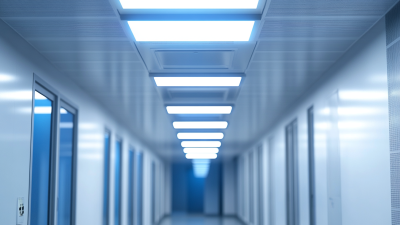
Unlocking Energy Efficiency in Manufacturing with Industrial Led Fixtures and Industry Insights
-
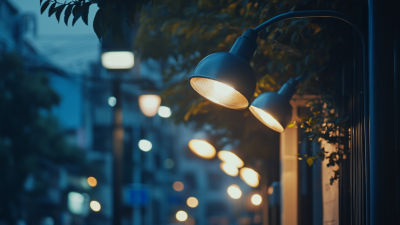
Your Complete Resource for Understanding Led Spotlights
-
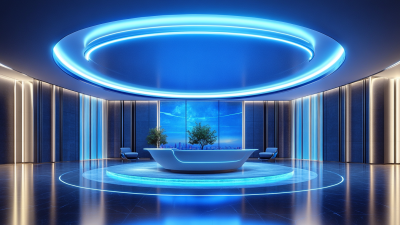
China Leading the Charge in Innovative Led Light Design Solutions






